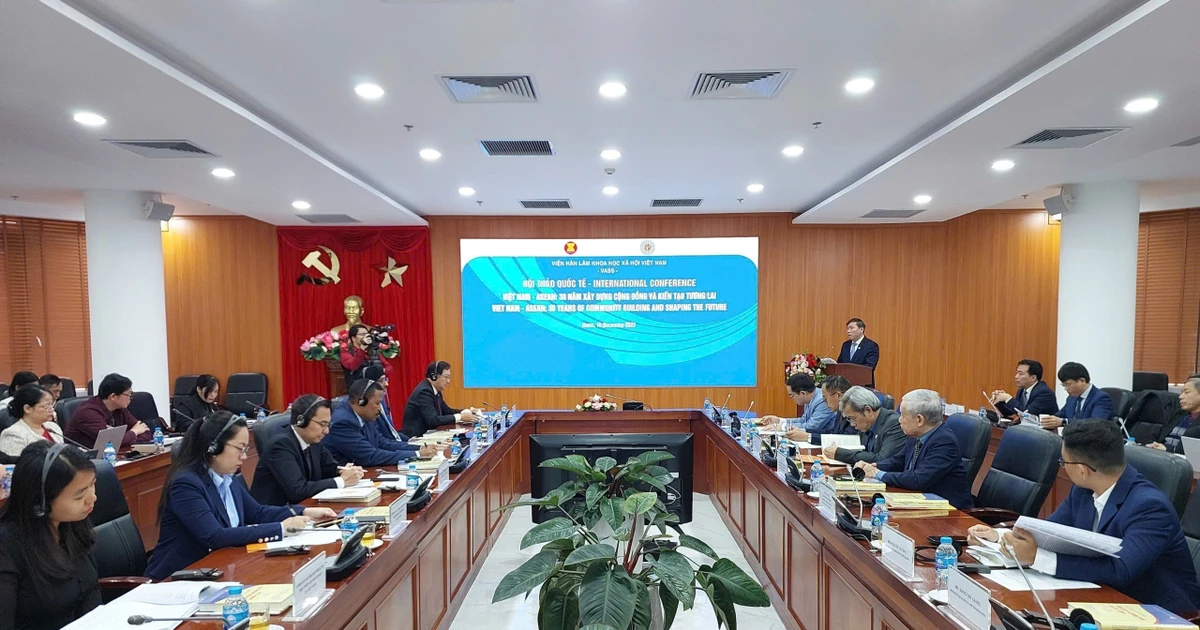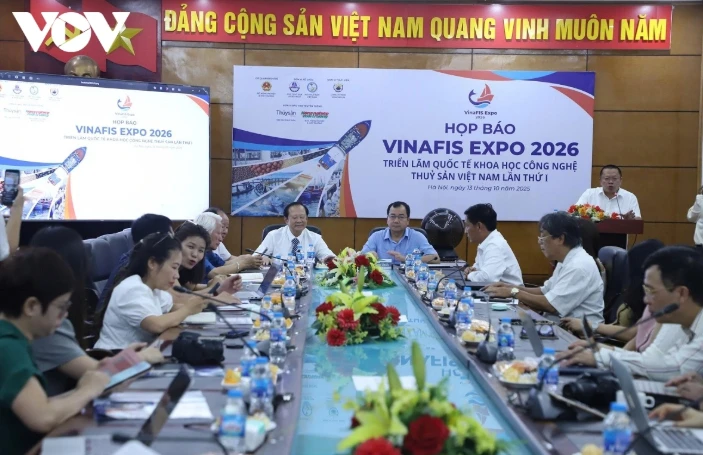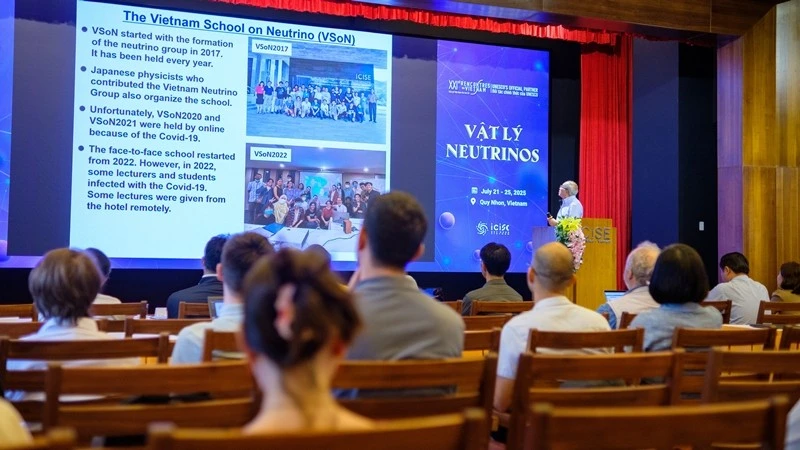Viet Nam has not stood apart from this trend, having gradually built a foundation for space technology development over the past 20 years.
In recent years, policies of the Party and the State have demonstrated clear attention to space technology as a priority area. The Viet Nam Space Centre project, implemented in the Hoa Lac Hi-Tech Park, stands as the largest-scale science and technology initiative of its kind in the country to date. The Government’s decision to cooperate on deploying the Starlink low-Earth-orbit satellite network in Viet Nam also reflects a long-term vision for building digital infrastructure and space connectivity.
The strategy for the development and application of space science and technology by 2030 sets the goal of mastering low-orbit satellite technology and applying satellite data to serve socio-economic needs. In addition, the Politburo’s Resolution No. 57-NQ/TW and the Prime Minister’s Decision No. 1131/QD-TTg have placed space technology among the nation’s strategic technologies, affirming its special role.
Viet Nam’s space technology capacity has begun to take shape through satellite projects such as VNREDSat-1, PicoDragon, MicroDragon, NanoDragon, and the upcoming LOTUSat-1. The country is steadily building the ability to design, integrate, and operate small satellites. Modern technical infrastructure at the Viet Nam Space Centre now supports a full technical chain, including a signal reception station, operations centre, and satellite integration and testing facilities. More than 100 young engineers, trained both domestically and abroad, are mastering key technical stages. Notably, private enterprises have also begun joining the space technology ecosystem, opening the door to more diversified development resources.
Space technology has moved beyond laboratories to become an “invisible infrastructure” essential for the national digital transformation process. Satellite data, integrating spatial, temporal, and positional information, serves diverse needs, from ride-hailing and deliveries to forest management, urban planning, and disaster warnings. When satellite data is widely shared and utilised, it becomes a raw material for innovation, driving new business models and digital services.
However, Viet Nam faces major challenges in safeguarding its rights and sovereignty in space. Outer space is emerging as a new arena of strategic competition, where nations contend not only over technology but also over access, control, and protection of data. For this reason, satellite data must be treated as a strategic asset, with strong management, access control, encryption, and security measures to ensure digital sovereignty and national security.
There is also a growing need to exploit satellite data for socio-economic development, especially in infrastructure planning, high-tech agriculture, resource monitoring, disaster response, and climate change adaptation. Export-oriented agricultural products today must prove their origin, production processes, and environmental impacts, making geolocation and Earth observation data from satellites indispensable tools.
Against this backdrop, building a space economy is an inevitable trend. The space economy encompasses activities that create value through research, production, and delivery of goods and services based on space technology and infrastructure. This emerging economic sector is becoming a new growth engine in the digital era. In 2024, the global space economy reached 613 billion USD and is projected to rise to 1.4 trillion USD by 2030, indicating vast growth potential.
To successfully develop the space industry, establishing a clear legal framework is a prerequisite for translating the Party and State’s broad policy directions into concrete action. First, a unified national-level coordination body for space technology should be established to avoid the fragmentation of resources, functions, and execution across ministries and sectors. The current coordination mechanisms remain ineffective, causing delays or a lack of comprehensive integration in many programmes.
Technical infrastructure investment is still inconsistent; many localities have demand for satellite data but lack the capability to process and apply it. There is also a severe shortage of highly skilled personnel, particularly experts in geospatial data analysis, satellite operations, and application development.
To address these shortcomings, the strategy for the development and application of space science and technology by 2030 should be updated with stable financing and a clear implementation roadmap.
In addition to State investment, policies should encourage deeper private-sector participation in the entire space value chain, from manufacturing and operations to service provision and application development. Developing a domestic space services market would also help create jobs, promote innovation, and strengthen the nation’s technological capabilities.
















